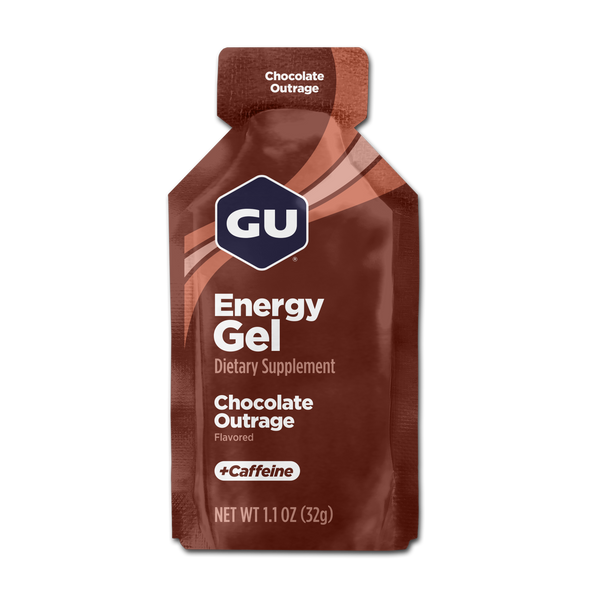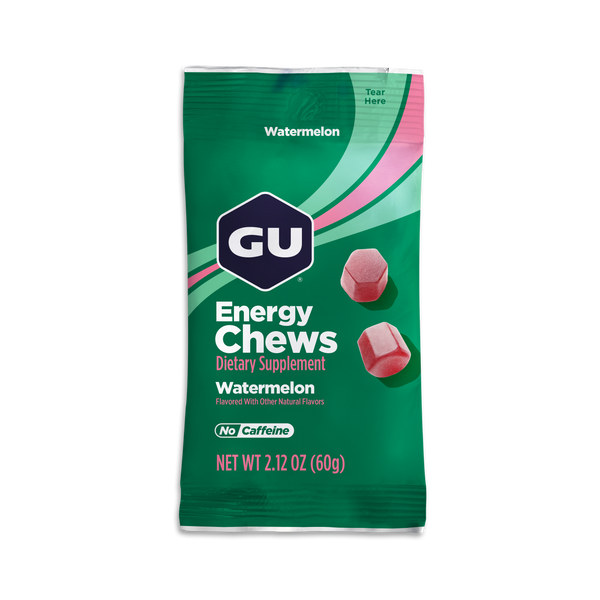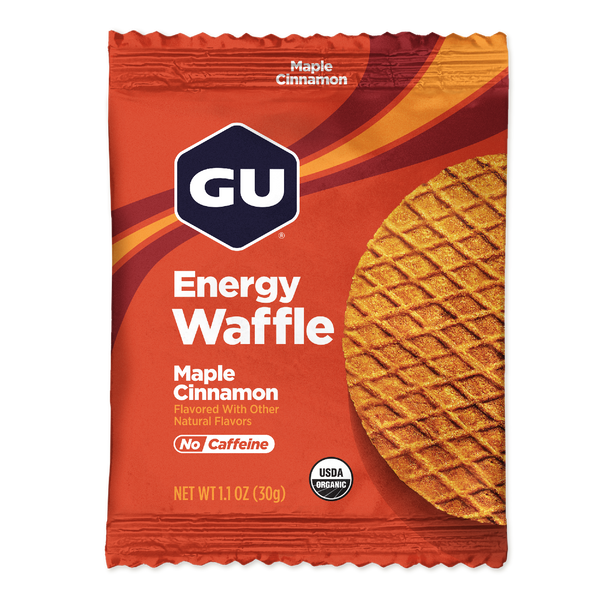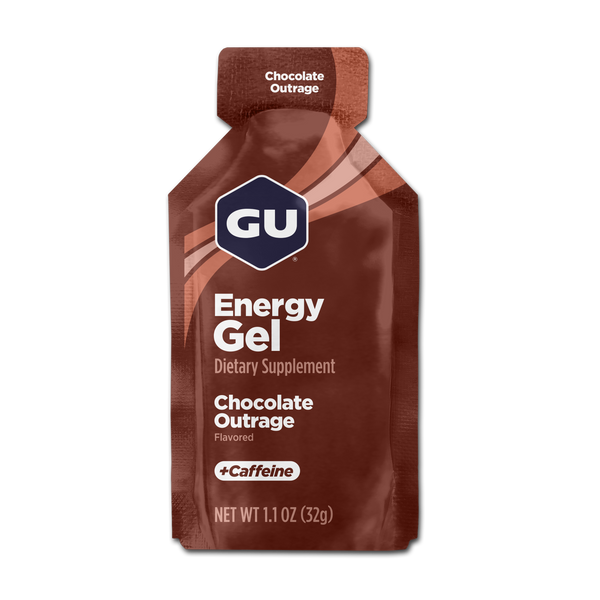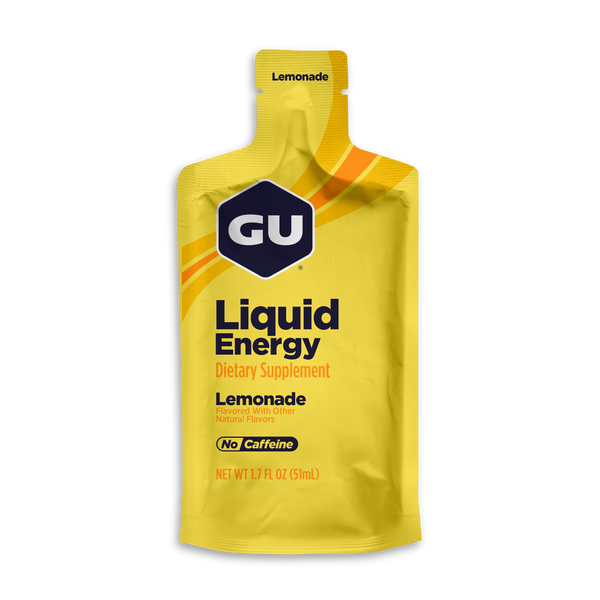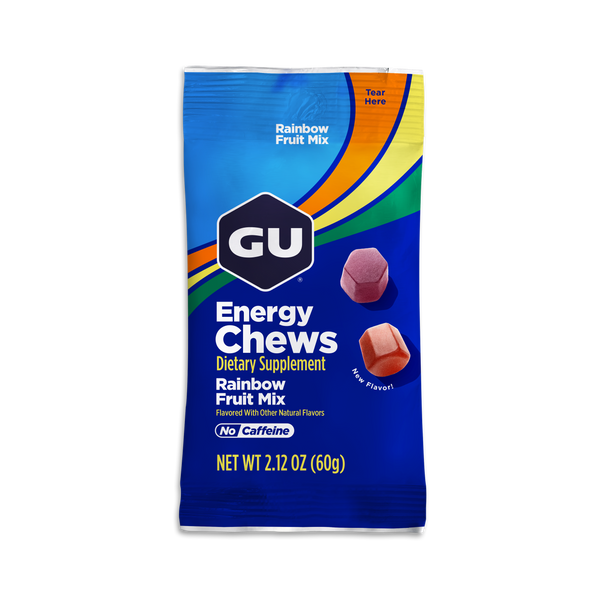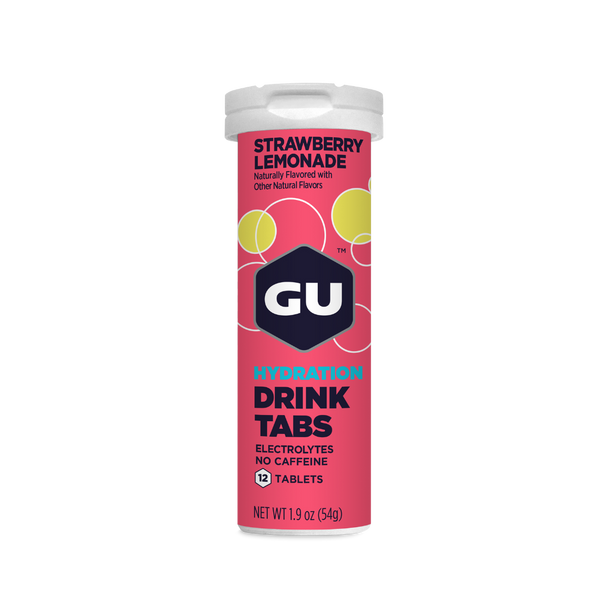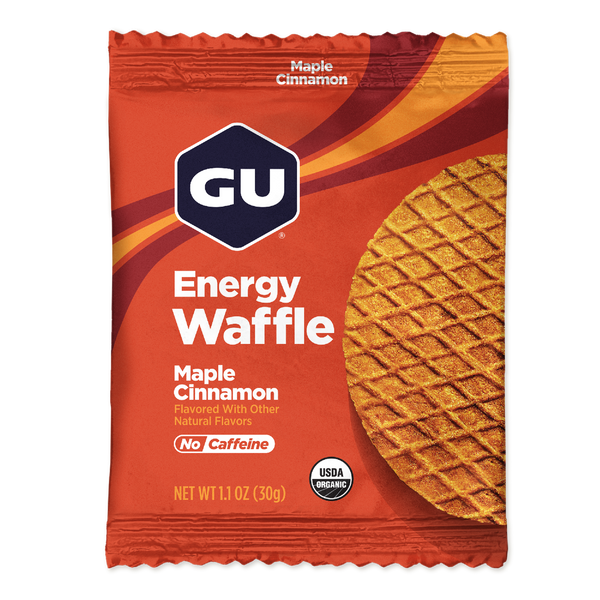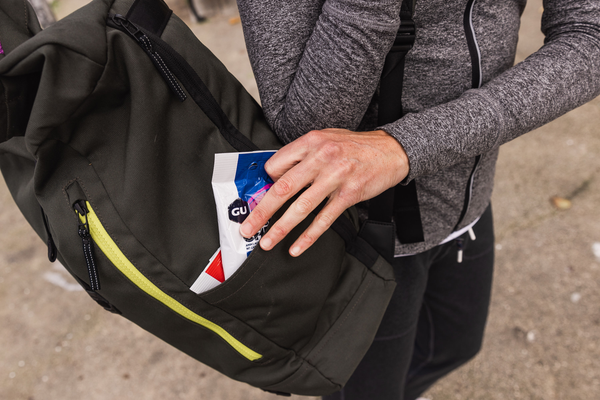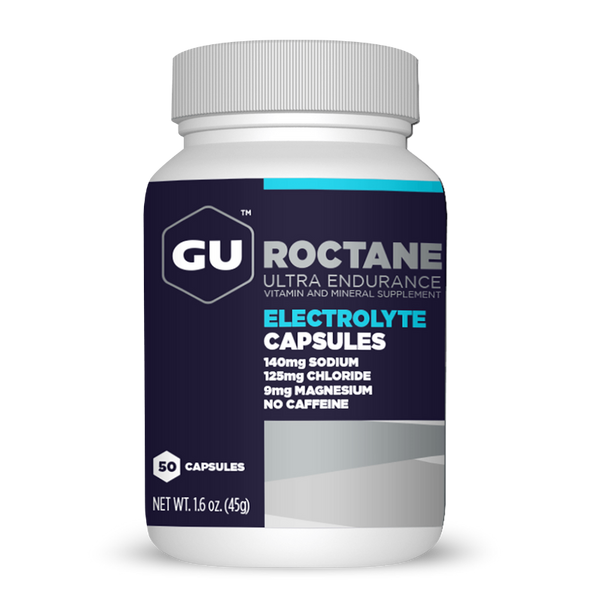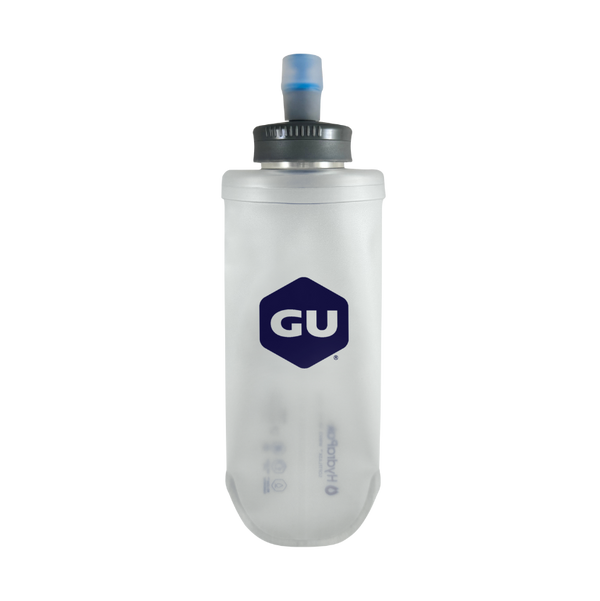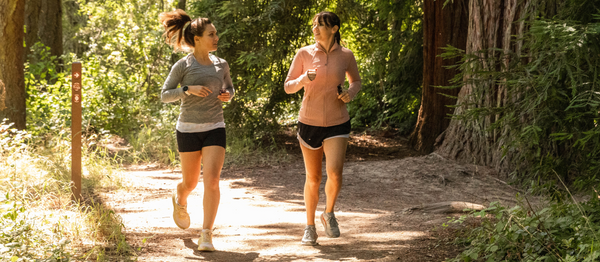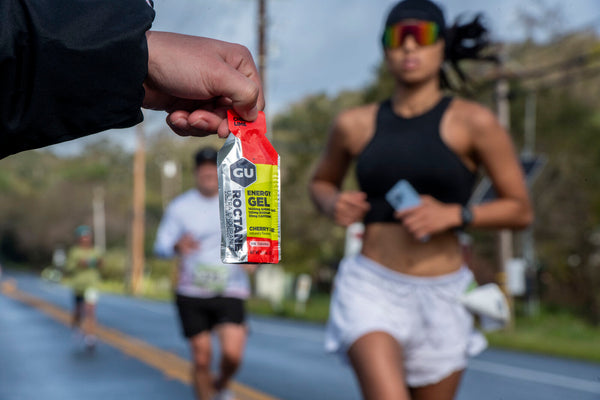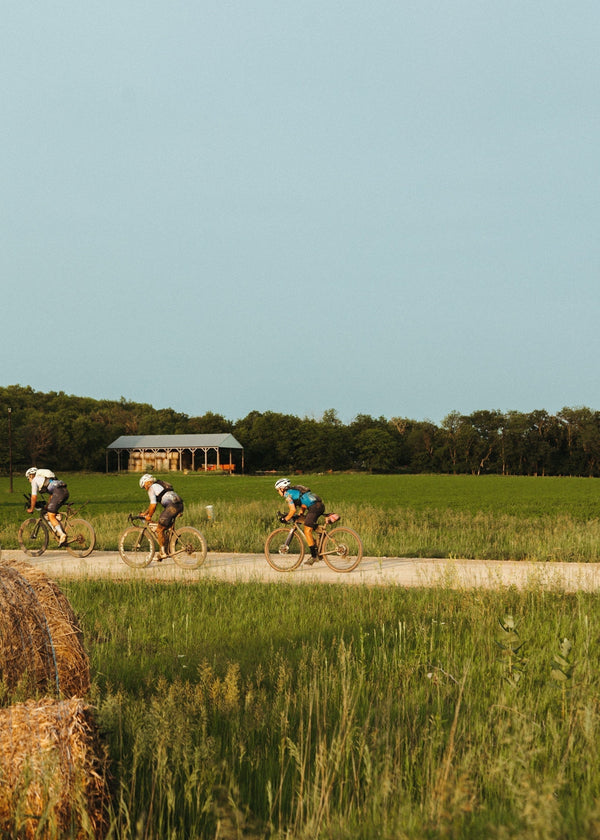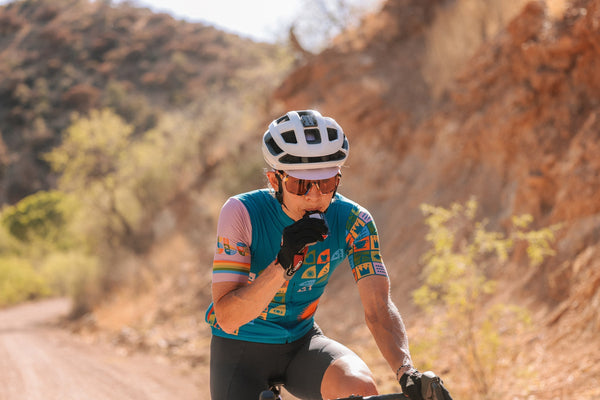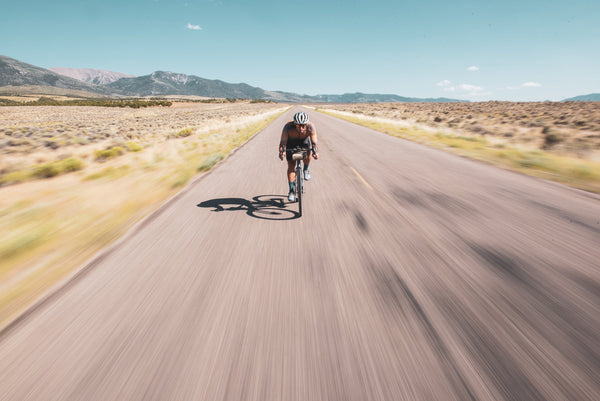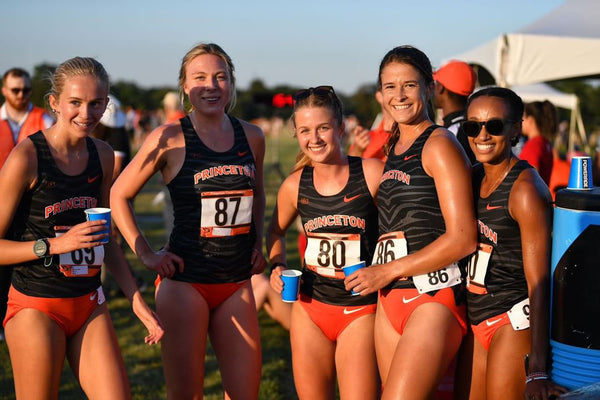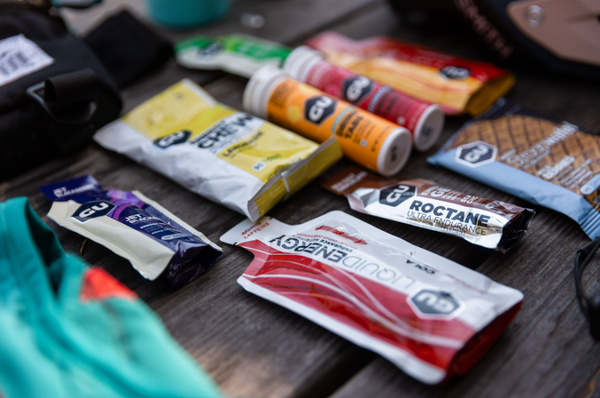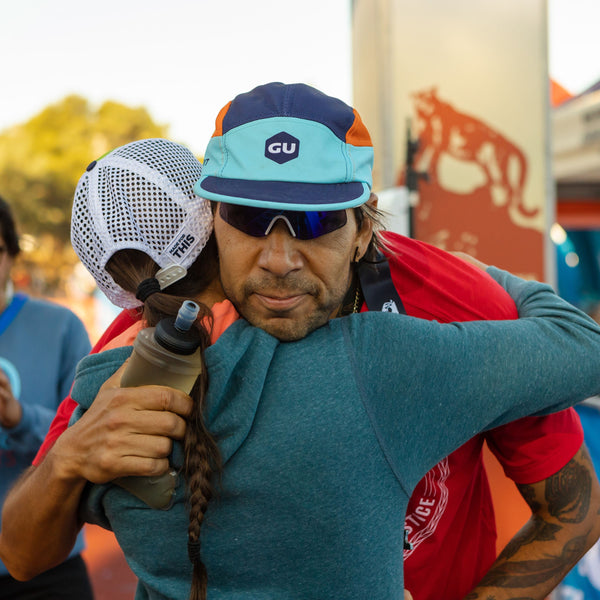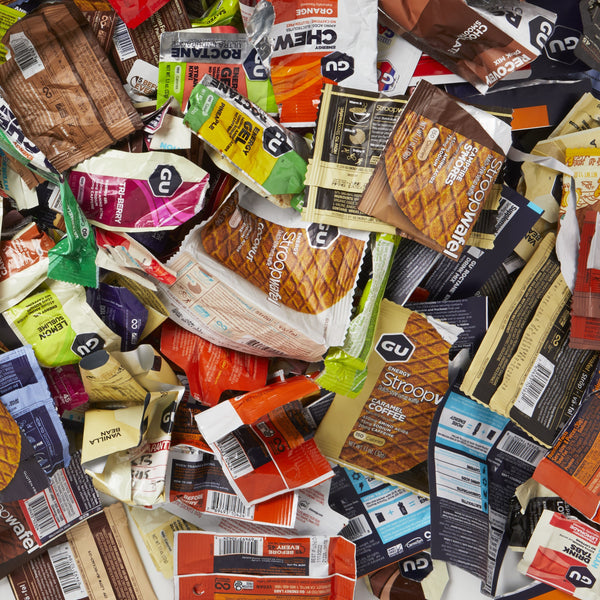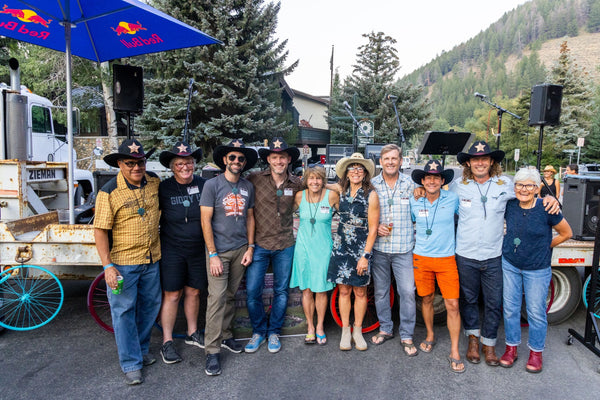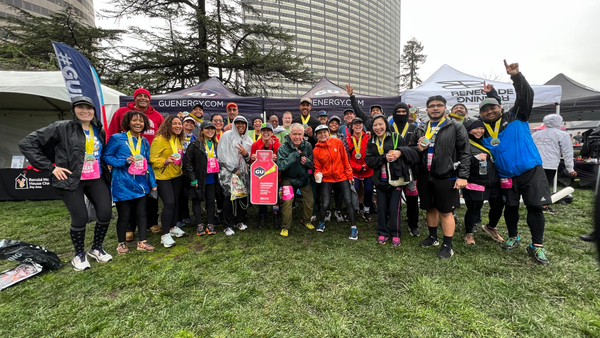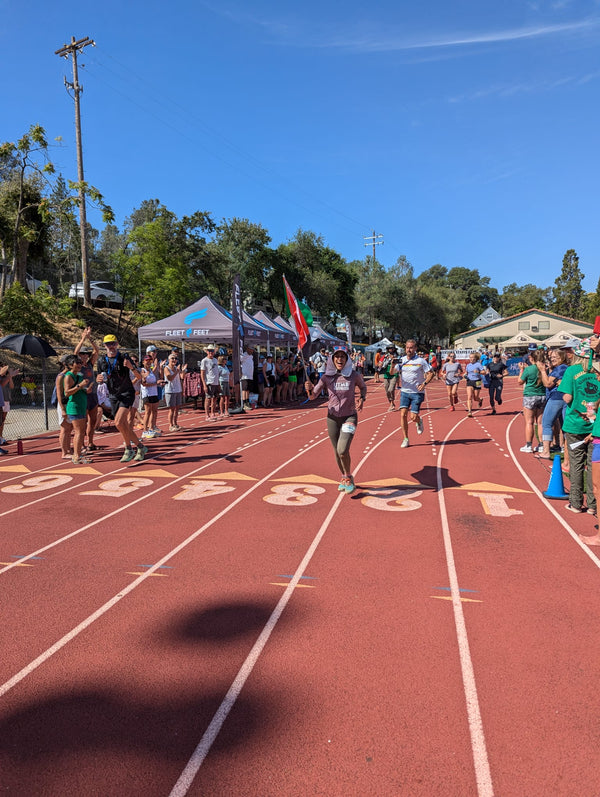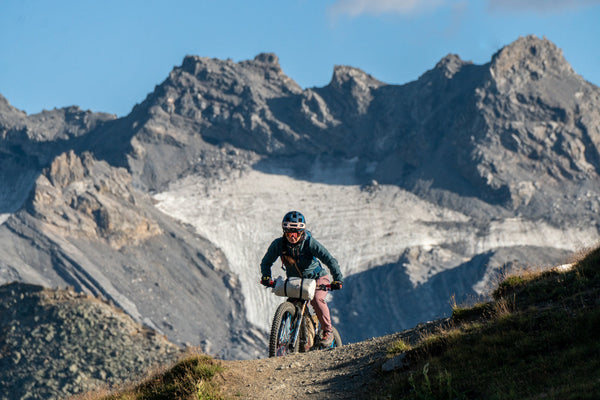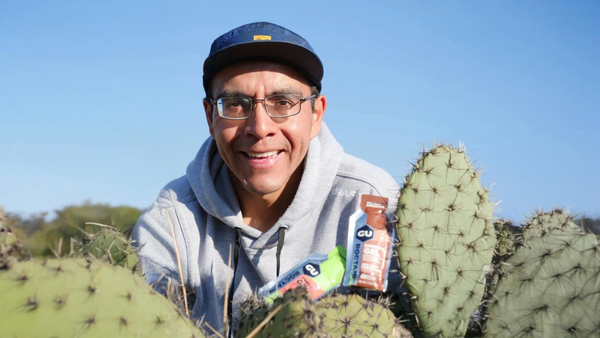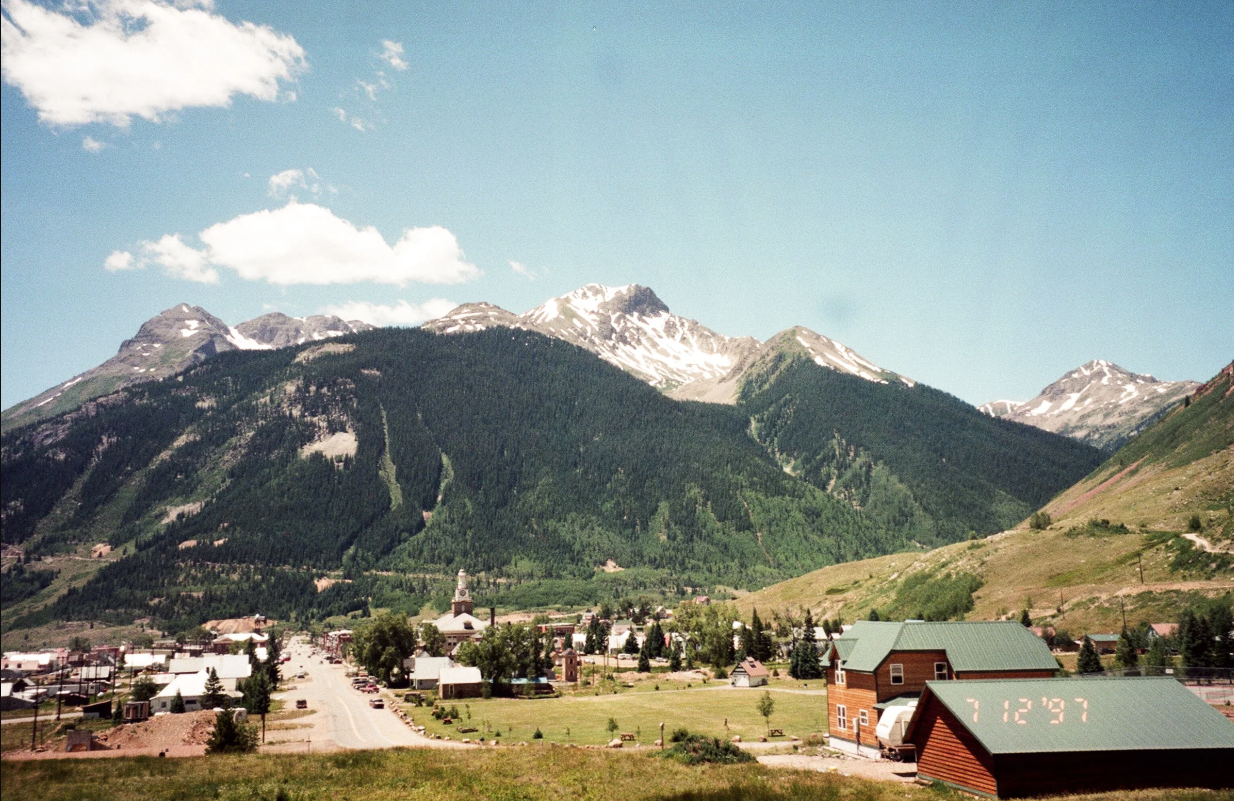Notes from Our Nutritionist, Roxanne Vogel
Those who have heard of Hard Rock 100 know that it’s considered a “graduate-level” 100-miler, one not for the faint of heart. Featuring a course with an average altitude of 11,000 feet, it crosses thirteen major mountain passes over 12,000 feet and tops out at just over 14,000 feet on Handie’s Peak. There’s a good reason the course cut off time is 48 hours. This rugged mountain adventure draws hearty souls keen to tackle the combined extremes of duration, altitude, steepness and remoteness in the heart of Colorado’s San Juan Mountain Range. The course is run as a loop that starts and ends in Silverton, Colorado and connects the mountain towns of Ophir, Telluride, Ouray and Sherman, covering over 100 miles and 33,000 vertical feet of terrain.
With all the challenges presented by this formidable race—and because GU Energy Gels are on course this year—we wanted to share how to structure a race day nutrition plan to set runners up for success. Below are our fueling recommendations for those looking to take on Hard Rock 100.
Start with the Basics
- Plan to consume 200-400 calories per hour, as tolerated, from a combination of sports nutrition and real food options (e.g., 2-3 GU Energy gels per hour plus aid station snacks)
- These calories should be primarily carbohydrate-based (~30-50 g carbs per hour), with a small amount of protein (5-10 g per hour), or branched chain amino acids (BCAAs; which are found in GU products) to protect muscles from breakdown during exercise
- Even though higher carb intakes (> 60 g carbs per hour) are often advised for prolonged endurance exercise, these amounts are not usually tolerated well in ultra endurance efforts lasting 24 hours or more, due to the high likelihood of GI distress. If you practice higher carb intakes during training, this could be used as a strategy to avoid large caloric deficits, but it may be challenging to implement over the course of 30+ hours
- Hydration: target 450-750 mL per hour of fluids, as tolerated. Add electrolytes (capsules, drink mixes) or consume savory snacks regularly (pickles, potato chips, salted potatoes, soup/broth) to balance out electrolyte losses over prolonged period
- Avoid flavor and texture fatigue by mixing up your nutrition sources, including having some savory options, perhaps even cycling through salty versus sweet flavors every few hours
- Reduced gut blood flow can lead to GI distress, which is a big concern for athletes. Exercise, altitude, heat, and dehydration are all contributing factors to GI issues. Be aware and be prepared.
- Keep in mind that it could be up to 6 hours or more between aid stations. Plan out your calories accordingly.
Extra Tips
- Try to eat more solid foods at lower elevations (Sherman, Ouray), and stick to gels, drink mixes up high for ease of digestion.
- Strategize your caffeine intake (e.g., alternate products with none, low doses < 50mg, and high doses > 50 mg) and take it when you feel you really need it
- Soup or broth served at the aid stations can be a wise choice, providing salt, fluids, and a change up from sweet flavors
- Pack an extra 10% calorie buffer in case weather pins you down unexpectedly. Colorado’s mountain ranges are notorious for their regular afternoon thunderstorms.
- GI distress is likely, if not inevitable, during races of this duration and elevation. If it happens to you, don’t panic. Slow down, take some time to digest, and try to sip on fluids until it passes. In other words, “Eat when you can, rest when you must.”
- Ginger chews or hard candy can be helpful for settling an upset stomach
- Try to top off hydration by adding electrolytes to your for water 3 days before the race. GU Hydration Drink Tabs are a convenient way to add flavor and electrolytes to your bottle. We recommend 1-3 Tabs per day.
According to the race website, you can expect the following items at most aid stations:
Coffee/Tea/CocoaCoke/Ginger Ale
Electrolytes
GU Energy Gels
Cookies
Chips
Pretzels
Soup/Miso
PB&J
Candy
Fig Bars
Bananas/Oranges/Melons
Aid stations with vehicle access will also likely have:
Boiled Potatoes
Turkey Sandwiches
Avocados
Pumpkin Pie
Brisket
Boiled Sweet Potatoes
Wraps/Quesadillas/Burritos
Bacon & Eggs
Black Beans & Rice
Keep in mind that the best plan is a flexible one. Whatever you decide, be sure to practice as much as possible during training runs. Above all, enjoy the journey! Happy Hardrock!

